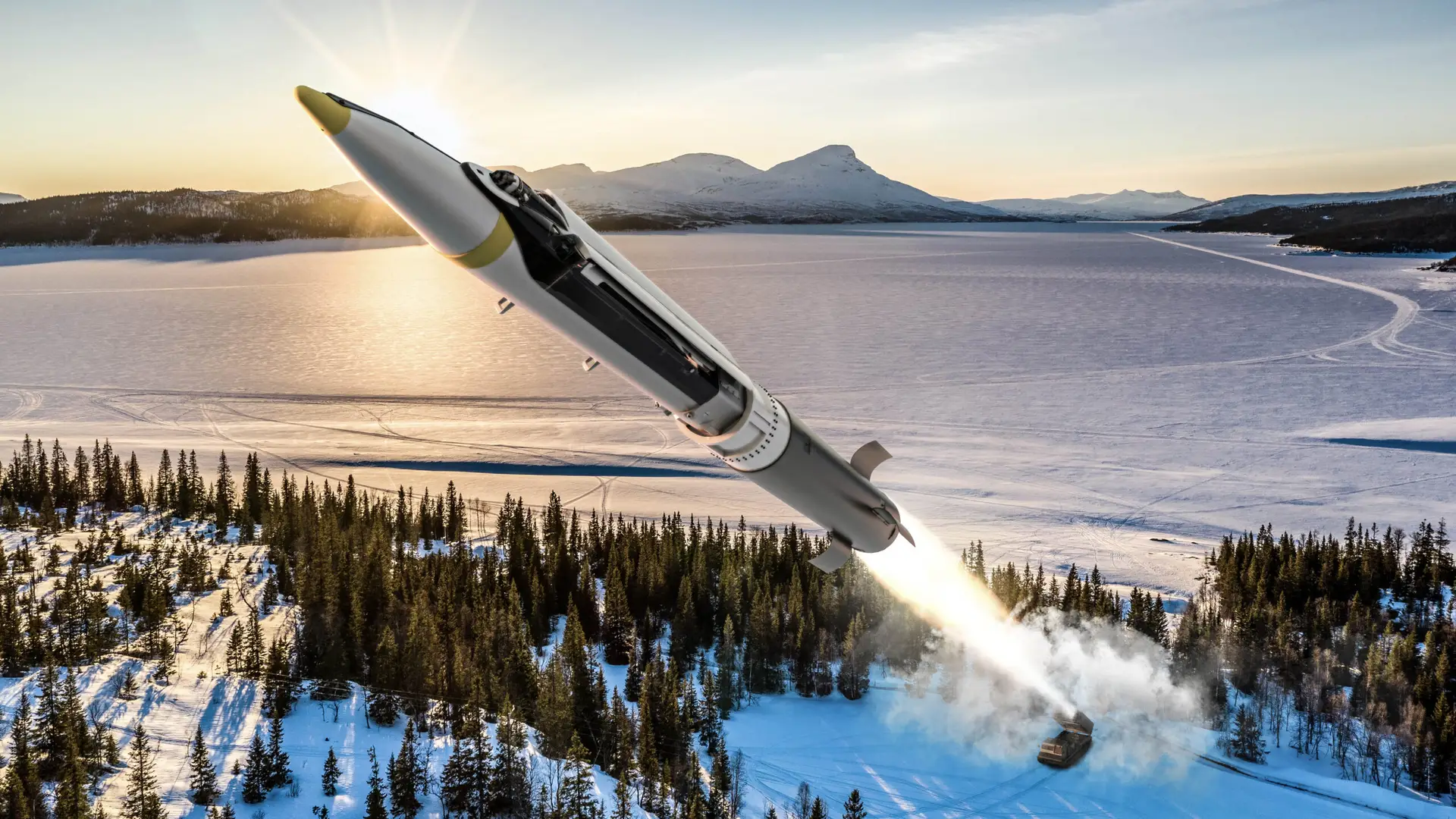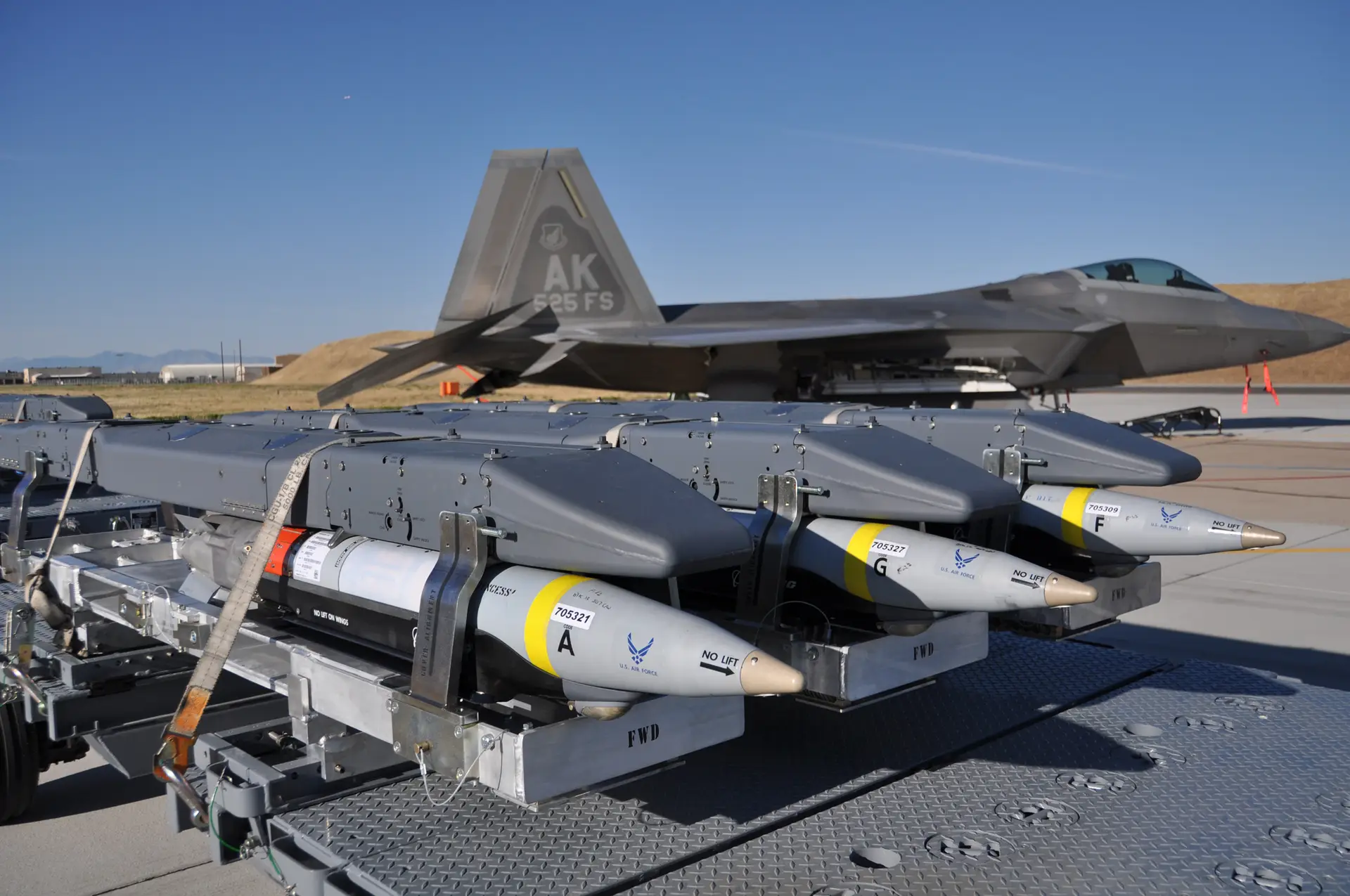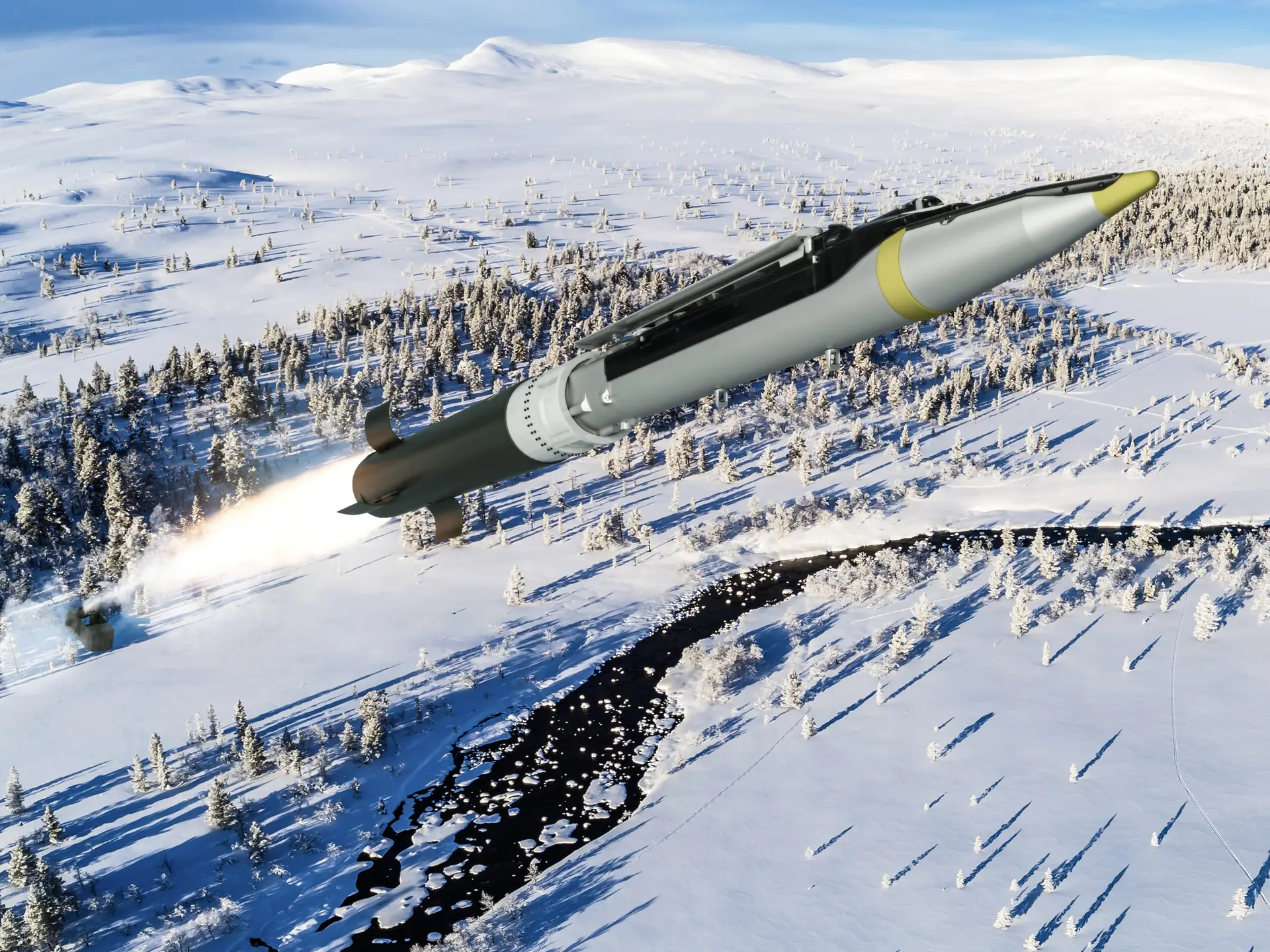Ukraine may receive the latest GLSDB rounds with a range of 150 km for the M142 HIMARS - why everyone will benefit

The Ukrainian Armed Forces may receive a high-precision Ground-Launched Small Diameter Bomb (GLSDB) system next year. This is a completely new development that has not yet had a single customer, let alone a use on the battlefield.
Here's What We Know
The GLSDB will significantly enhance the capabilities of the Ukrainian Armed Forces as it will allow for precision strikes on military targets far behind the front lines. The launch range is 150 km. For comparison, GSMLR projectiles for M142 HIMARS and different variants of M270 MLRS can hit at 80 km. By the way, GLSDB is also compatible with M142 and M270, which also plays into the hands of Ukraine.

Reuters wrote that the initiative to transfer the new ammunition to Ukraine came from the American concern Boeing, which is a manufacturer of GLSDB together with the Swedish company SAAB. This means that Sweden must also approve the transfer of the shells to Ukraine. But most likely there will be no problems here.

Each GLSDB projectile is a combination of an M26 unguided missile and a GBU-39/B SDB aerial guided bomb, which weighs about 115 kg (250 pounds). The GLSDB is propelled by the M26 rocket engine, and then the GBU-39/B moves toward the target using a built-in GPS paired with an inertial navigation system.
Yli 150km kantaman omaava maasta laukaistava #GLSDB-täsmäammus pystyyy muuttamaan suuntaa lennon aikana. Sillä voi siis iskeä myös maaleihin, joihin perinteisillä epäsuoran tulen asejärjestelmillä ei pystytä vaikuttamaan. Lue lisää: https://t.co/8b9tvJySbh #turpo #puolustus @Saab pic.twitter.com/F2vuY26Zgn
- Saab Finland (@SaabFI) November 28, 2022
The advantage of the projectile is its very high accuracy and resistance to enemy electronic warfare. The GLSDB will therefore be very relevant in Ukraine's war against Russia. According to SAAB, the deviation from the target is less than 1 meter (3 feet). The projectile produced by Boeing and SAAB has sufficient firepower to destroy a range of targets, from soft-shell vehicles to fortified bunkers (you get the idea).

It's worth emphasizing that the GLSDB does not travel on a ballistic trajectory. This means that the bomb can hit targets at different angles. SAAB states that the GLSDB can be launched from "covert and protected positions" to reduce the probability of detection.
The cost of this munition is unknown and most likely we will not know soon, because it is a new development and it is unlikely that the Pentagon will want to disclose this information. The only thing that can be said here is that the price of the GBU-39/B SDB is $40,000. The GMLRS rockets for the M142 HIMARS and M270 MLRS cost about $100,000 to $150,000, which means that a full salvo from the M270 costs about $1.2-1.8 million. In the case of the M142 it is half the price.
All parties will benefit from the transfer of the GLSDB to Ukraine. Except for Russia. The Armed Forces of Ukraine will receive high-precision shells, which will allow hitting the enemy military targets at more than 100 km distance. Moreover, the Ukrainian Armed Forces already have experience with M142 and M270. The fact that Boeing and the U.S. Department of Defense have already established contacts to ensure rapid deliveries to the Ukrainian Armed Forces also plays into Ukraine's hands. Yes, we are talking about Harpoon missiles. Although it is not officially confirmed.

The U.S. will be able to actually see what the new development of Boeing and SAAB is, which was not involved in combat operations. Also for the USA it is one more reason to postpone the deliveries of tactical ballistic missiles ATACMS with range of about 300 km.
The American and Swedish companies will be able to show off the new projectiles in a real war and attract potential buyers. For example, the Baltic states, which are actively strengthening their defense capabilities, or Poland.

The main question is whether Boeing will be able to produce GLSDB in the volumes required by the Ukrainian Armed Forces. Although it is already safe to say that it cannot, as many shells will be needed, and Reuters already writes about the "low rate" of deliveries. However, even small shipments of GLSDB could help Ukraine's offensive / counteroffensive next spring.
Source: The Drive